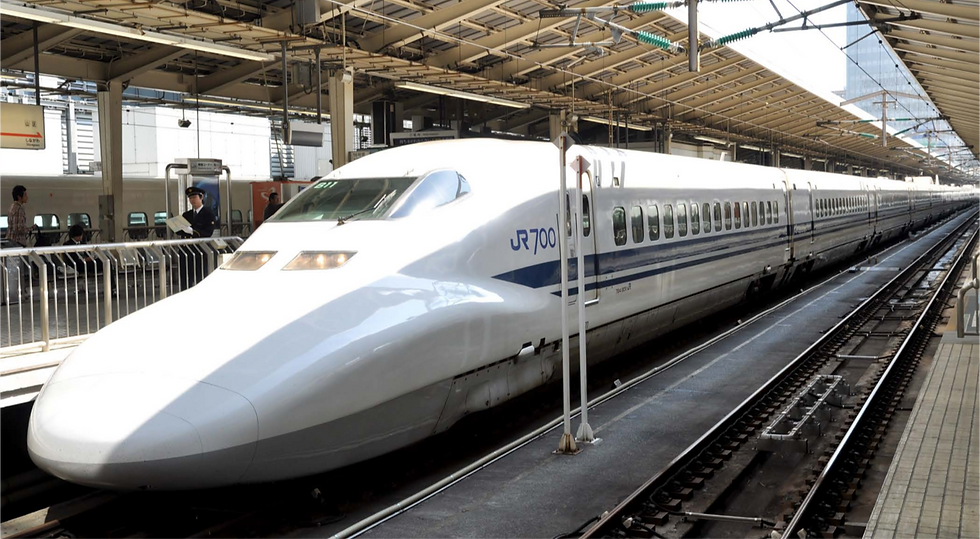Biomimicry
- Fauzia Kerai Khan
- Nov 18, 2017
- 2 min read
Learning From Nature
“I think the biggest innovations of the 21st century will be at the intersection of biology and technology. A new era is beginning.”-Steve Jobs
People have been practicing biomimicry since Leonardo DaVinci, Yet there was no umbrella term that embraces everything from agriculture to business and no systematic way of capturing nature’s creativity. Janine Benyus, a biologist, “innovation consultant” and author, launched what she calls a new discipline, biomimicry, and the title of her 1997 book.
The core idea is that nature has already solved many of the problems we are struggling with living organisms are forced to become highly optimized & efficient due to evolutionary pressure.
Biomimicry (from bio, meaning life, and mimesis, meaning to imitate) is not mindless imitation of nature. Rather, is an approach to innovation that studies nature’s best ideas and seeks sustainable solutions to human challenges by emulating nature’s 3.8 billion years of evolutionary time-tested patterns and strategies to solve complex human problems.
Here are some of the most amazing technological applications inspired by nature.

Humpback whales are surprisingly agile swimmers considering they weigh about 80,000 pounds. The whale’s nimbleness is due largely to big, irregular bumps on its flippers, called tubercles. Turbine blades were modeled after these by adding rows of similar bumps. As a result, the drag and noise has been reduced and the power harnessed boosted by 20 percent.

Certain spiders protect their delicately constructed nets with a special silk rope that reflects ultraviolet rays. These ultraviolet rays are visible to birds who then recognize the webs as obstacles they should avoid. In order to prevent birds from high-speed collisions with glass buildings, glazed glass with a web-like pattern of ultraviolet-reflecting coating is used.
Termite mounds maintain the temperature inside their nest to 31 C, day and night. The Eastgate Building, an office complex in Harare, Zimbabwe, has an internal climate control system mirroring this concept to keep the temperature cool without using air conditioning.

Sometimes the best solution to a problem isn’t always the most complex, and, similarly, the best answer isn’t always a new one one. As R. Buckminster Fuller said, "In order to change an existing paradigm, you do not struggle to try and change the problematic model. You create a new model and make the old one obsolete."





















Comments